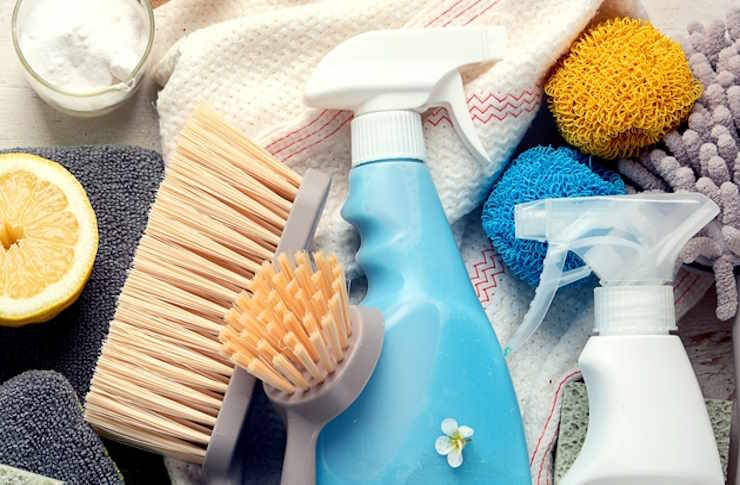Pet Cleaning: Practical Tips for Household and Cat Care
Keeping pets and living spaces clean reduces odors, maintains hygiene, and supports animal well-being. Regular routines for litter box maintenance, bedding cleaning, and safe product choices help households balance convenience with pet comfort. This article covers practical cleaning steps, schedules, and considerations for cat owners and other pet households to create a healthier, more manageable home environment.

How does regular cleaning affect your cat’s behavior?
Cats are highly sensitive to scent and cleanliness; a dirty environment or litter box can lead to avoidance, stress, or inappropriate elimination. Regular cleaning helps a cat feel secure and encourages consistent litter box use. Observe your cat’s preferences: some cats prefer covered boxes or a particular litter texture. Consistent scooping, odor control, and keeping feeding and toileting areas separate all contribute to calmer behavior and fewer litter-related problems.
What are effective litter box cleaning routines?
A reliable litter box routine reduces odors and bacterial buildup. Scoop waste at least once daily and fully change clumping litter every 1–2 weeks depending on box usage and litter type. Wash the box with mild, unscented soap and warm water between litter changes; avoid strong-smelling cleaners that deter cats. For multi-cat households, provide one box per cat plus one extra, clean them more frequently, and position boxes in quiet, accessible spots within the household.
How to clean pet bedding and toys safely?
Wash pet bedding and soft toys weekly or more often for pets with skin conditions or during high-shedding seasons. Use a gentle, pet-safe detergent and hot water when fabric care labels allow; drying on high heat can help remove mites and other allergens. For non-washable toys, wipe surfaces with pet-safe disinfectant or a vinegar-water solution, and regularly inspect for damage that could create choking hazards. Proper storage between washes helps keep the household fresher and reduces allergen spread.
Which cleaning products are safe for pet cleaning?
Select products labeled pet-safe or use simple, mild alternatives like diluted white vinegar and baking soda for many surfaces. Avoid cleaners with phenols, bleach (in concentrated forms), or essential oils such as tea tree or eucalyptus, which can be toxic to cats and dogs. When using any chemical cleaner, ventilate the area, keep pets away until surfaces are dry, and follow product instructions. For specific concerns about topical treatments or insecticides, consult a veterinarian to confirm safety.
How can cleaning reduce household allergens and odors?
Regular vacuuming with a HEPA filter, frequent laundering of pet linens, and targeted cleaning of high-contact areas (rugs, upholstery) reduce dander and dust. Use a combination of mechanical cleaning—vacuuming, steam cleaning—and odor-absorbing materials like baking soda on carpets before vacuuming. Control humidity to limit mold and use washable covers on furniture. Good ventilation and spot-cleaning accidents promptly also prevent long-term odor buildup and lower allergen levels across the household.
How to coordinate pet cleaning with local services and schedules?
Some households prefer to combine at-home routines with occasional professional services, such as deep upholstery cleaning, carpet steam cleaning, or specialized pet odor removal. When seeking local services, look for providers that specify pet-safe products and experience with households that include cats or dogs. Ask about ventilation practices, drying times, and any temporary precautions. Planning professional visits during times when pets can be safely separated or out of the area reduces stress for animals and people.
This article is for informational purposes only and should not be considered medical advice. Please consult a qualified healthcare professional for personalized guidance and treatment.
Maintaining a clean home with pets requires consistent habits, attention to pet preferences, and cautious product choices. Small daily actions—scooping litter, washing bedding, and spot-cleaning—combined with periodic deeper cleaning keep both pets and household spaces healthier and more comfortable. Adjust routines to fit your pet’s needs and the layout of your living space for the best practical results.






